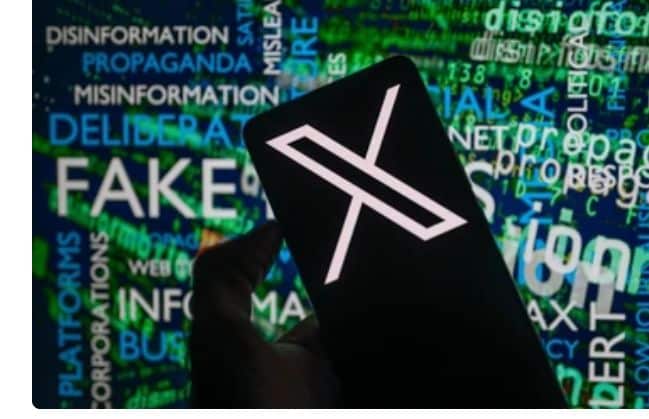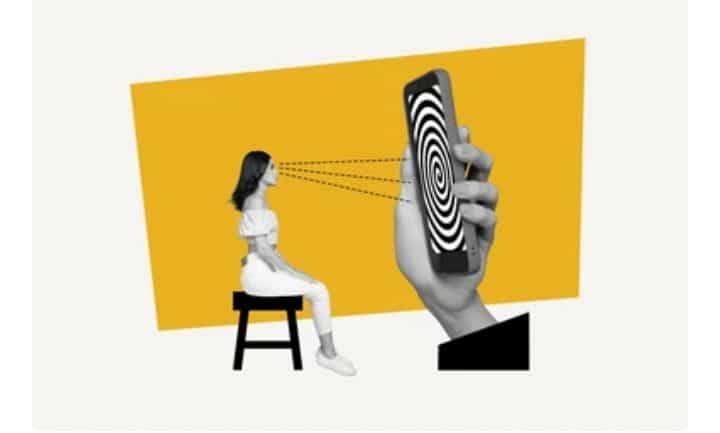In the digital era, social media has become a primary source of news, information, and communication for billions of people worldwide. Platforms like Facebook, Twitter, Instagram, and TikTok facilitate instant information sharing, allowing users to connect across boundaries. However, while this immediacy fosters unprecedented connectivity, it also brings a significant downside: the spread of digital misinformation. False or misleading information spreads rapidly through these platforms, often having real-world impacts. This article delves into the causes, consequences, and potential solutions to the problem of digital misinformation in social media.

What is Digital Misinformation?
Digital misinformation refers to false or misleading information that is spread, regardless of intent. It is often confused with disinformation, which is false information deliberately created to deceive. Misinformation can arise from misunderstandings, exaggeration, or a lack of fact-checking. Social media platforms, with their algorithms that promote popular content, sometimes prioritize sensationalism over accuracy, amplifying misinformation.
The Spread of Misinformation on Social Media
Social media accelerates the spread of misinformation through a combination of user engagement and algorithmic amplification. Algorithms on platforms like Facebook and Twitter are designed to maximize user engagement by showing content that keeps users on the platform. Unfortunately, emotionally charged or sensational content often receives more engagement, leading platforms to inadvertently promote misleading stories over factual but less engaging ones.
Moreover, misinformation spreads faster than factual information. A 2018 study from MIT found that false information on Twitter spreads six times faster than true information. This rapid spread is partly because misinformation is often crafted to provoke strong emotions, such as fear, anger, or surprise, which leads users to share it widely without verifying its accuracy.

Factors Contributing to Digital Misinformation
Several factors contribute to the prevalence of misinformation on social media, including:
1. Algorithmic Design : Social media platforms are designed to prioritize engagement, not accuracy. Algorithms often favor sensationalist content, increasing its visibility and reach.
2. Confirmation Bias: People tend to believe information that aligns with their preexisting beliefs. This phenomenon, known as confirmation bias, leads to selective exposure to information that reinforces one’s views, even if it’s misleading.
3. Echo Chambers and Filter Bubbles: Social media often creates “echo chambers” where users are exposed primarily to information that aligns with their beliefs, leading to polarized groups and a narrowed perspective.
4. Lack of Media Literacy: Many users lack the skills to critically evaluate information sources, making them more susceptible to believing and sharing misinformation.
5. Influence of Bots and Fake Accounts: Automated accounts, or bots, are often used to spread misinformation at scale. These bots can amplify messages and create a false sense of popularity for misleading content.
Impact of Misinformation
The impact of digital misinformation is profound and multifaceted, affecting individual decision-making, public health, and political stability:- Public Health Risks: During the COVID-19 pandemic, misinformation about vaccines and treatments spread widely on social media, leading to confusion, vaccine hesitancy, and potential health risks.

Political Polarization and Mistrust
Misinformation contributes to political polarization by reinforcing extremist views and deepening divisions. False narratives can undermine trust in institutions and electoral processes, as seen with election-related misinformation in multiple countries.-
Personal Harm and Reputation Damage
Individuals and groups may face serious reputational harm due to false information spreading online, which can lead to real-world consequences, including harassment, job loss, and social stigma.
Solutions to Combat Digital Misinformation
1. Platform Accountability and Regulation
Governments and regulatory bodies are increasingly scrutinizing social media platforms for their role in spreading misinformation. Some nations have passed laws that require platforms to take down harmful content, while others are exploring penalties for failing to curb misinformation. Additionally, proposals have been made to reform Section 230 in the U.S., which shields platforms from liability for user-generated content.
2. Improving Algorithmic Transparency
A shift towards transparency in algorithm design could reduce the spread of misinformation. Platforms could reconfigure algorithms to prioritize reliable sources, emphasize factual content, and reduce the visibility of sensational but unverified information. Increased transparency could also empower users to understand how content is curated.
3. Media Literacy and Public Education
Increasing media literacy among the public is crucial. When users have the skills to evaluate sources, detect bias, and fact-check claims, they are less likely to be misled. Schools, governments, and NGOs are developing media literacy programs to help citizens critically engage with digital content.
4. Fact-Checking Initiatives and Partnerships
Fact-checking organizations like Snopes, FactCheck.org, and partnerships with media outlets play an important role in verifying information. Social media platforms have integrated fact-checking features, allowing users to see disclaimers or corrections on flagged posts. Continued collaboration between tech companies and fact-checking organizations could improve these efforts.
5. User-Driven Reporting and Community Guidelines
Some social media platforms allow users to report misinformation. When combined with clear community guidelines that discourage the spread of false information, user-driven reporting can help curb misinformation. Effective moderation tools and policies can further discourage the dissemination of misleading content.

While social media platforms have revolutionized communication and information sharing, they also serve as vehicles for spreading digital misinformation. The rapid dissemination of misleading content has profound implications for public health, political stability, and individual well-being. Tackling misinformation requires a multifaceted approach involving regulatory reform, platform accountability, user education, and improved algorithmic transparency. Through collective effort, it is possible to mitigate the effects of misinformation and ensure that social media remains a valuable tool for connecting and informing society.




